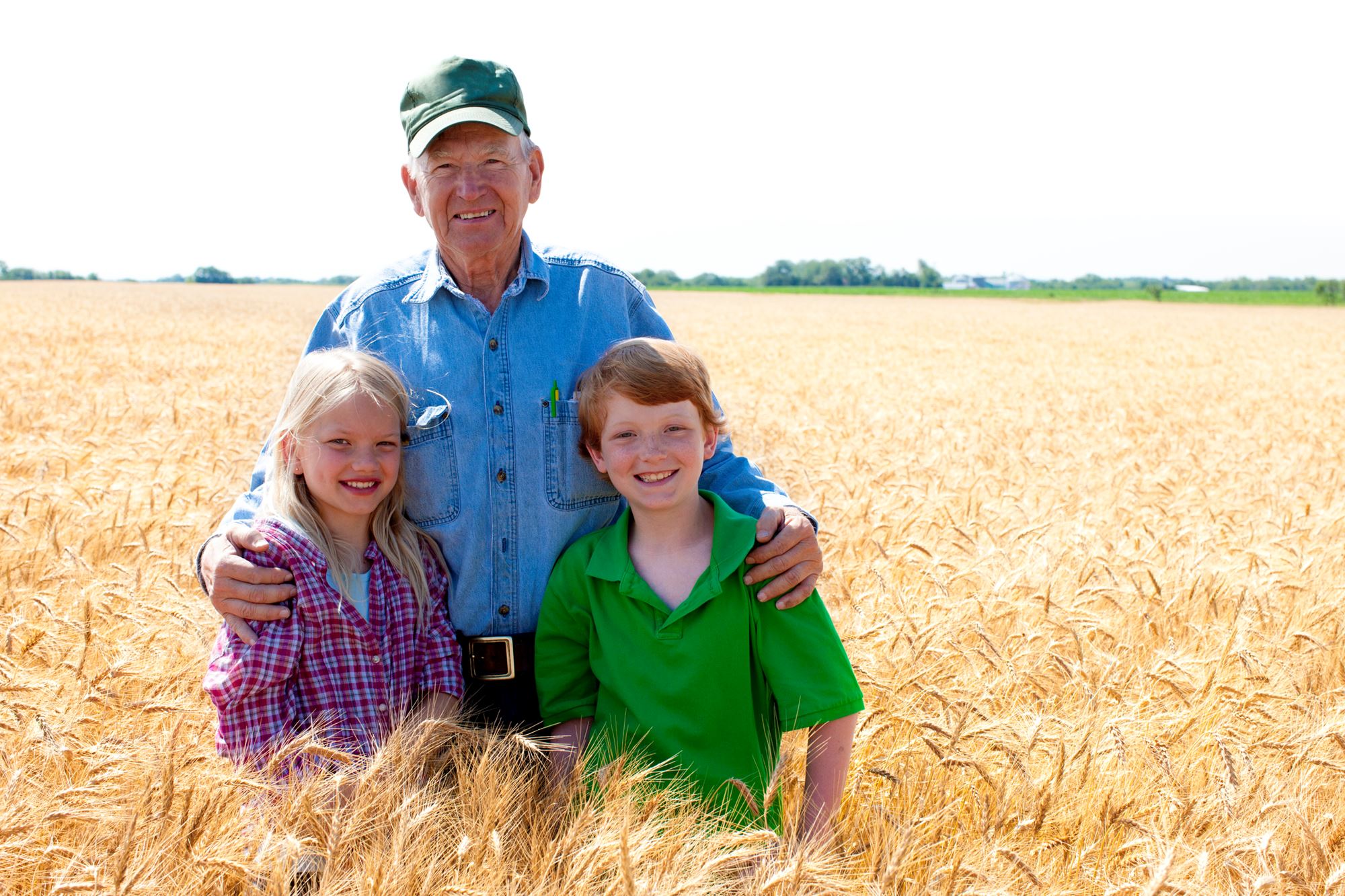

News
The U.S. Department of Agriculture has been saying for years that the average age of the American farmer is going up. The latest estimate of the average age is 59.3 years, as the baby-boom generation gets older. As a result, it has been estimated that 70% of the land in agriculture will change hands by 2031. This is a startling forecast and one worth contemplating in terms of how the transition will occur.
The number of farmers and ranchers in the United States has been decreasing, with the latest estimate just a bit more than 2 million in total. Fewer children are being raised on farms or ranches, too, and many of those who have are choosing other occupations, with no plans to return to the farm or ranch. Young people who have developed an interest in agriculture but do not have farm roots face a variety of barriers to entry as beginning farmers.
According to the balance sheet of agriculture, the total value of all U.S. farm assets is just over $3 trillion. When divided equally among the estimated number of farmers in the U.S., the average investment per farmer is $1.5 million, with the majority of that being in land. So how does an interested young person get started, when the day one could buy land and expect to pay for it by working it is long gone?
LAND: OWN OR LEASE?
It is generally agreed that the biggest barrier of entry to agriculture is the price of land. When the price of land prohibits entry into agriculture, what is the best alternative? Typically the answer is to lease it from a landowner. Lease payments are usually much lower than land payments, even in today’s low-interest-rate environment. However, leasing does come with challenges. Often landowners will only negotiate one- to three-year terms. It is usually not feasible to develop infrastructure through permanent structures or invest in long-term soil health improvements with lease terms no longer than three years. Aging farmers need to be more amenable to longer term-lease agreements or willing to recognize improvements lasting longer than the lease term by cost-sharing or including a refund clause if the lease is terminated.
OPERATING CAPITAL AND DEBT CONCERNS
A second barrier common among many people wanting to have their own farm is operating capital. Granted, there is a greater awareness by some lenders such as the Farm Service Agency and the Farm Credit System, which have created special credit standards for young, beginning and small farmers and ranchers to be able acquire financing. However, then debt becomes a concern. As noted in the below figure, U.S. farm income has been somewhat of a roller coaster. Managing debt in such an uncertain landscape can be very difficult. Read more in the January issue of Oklahoma Farm & Ranch.
OKLAHOMA AGCREDIT is here to support young, beginning and small farmers and producers in our state. Our YBS program is structured to give qualified applicants a way to start, grow, or take over the family operation through special underwriting standards. Call a loan officer at one of our 17 locations for more information.
Written by: Dan Childs



